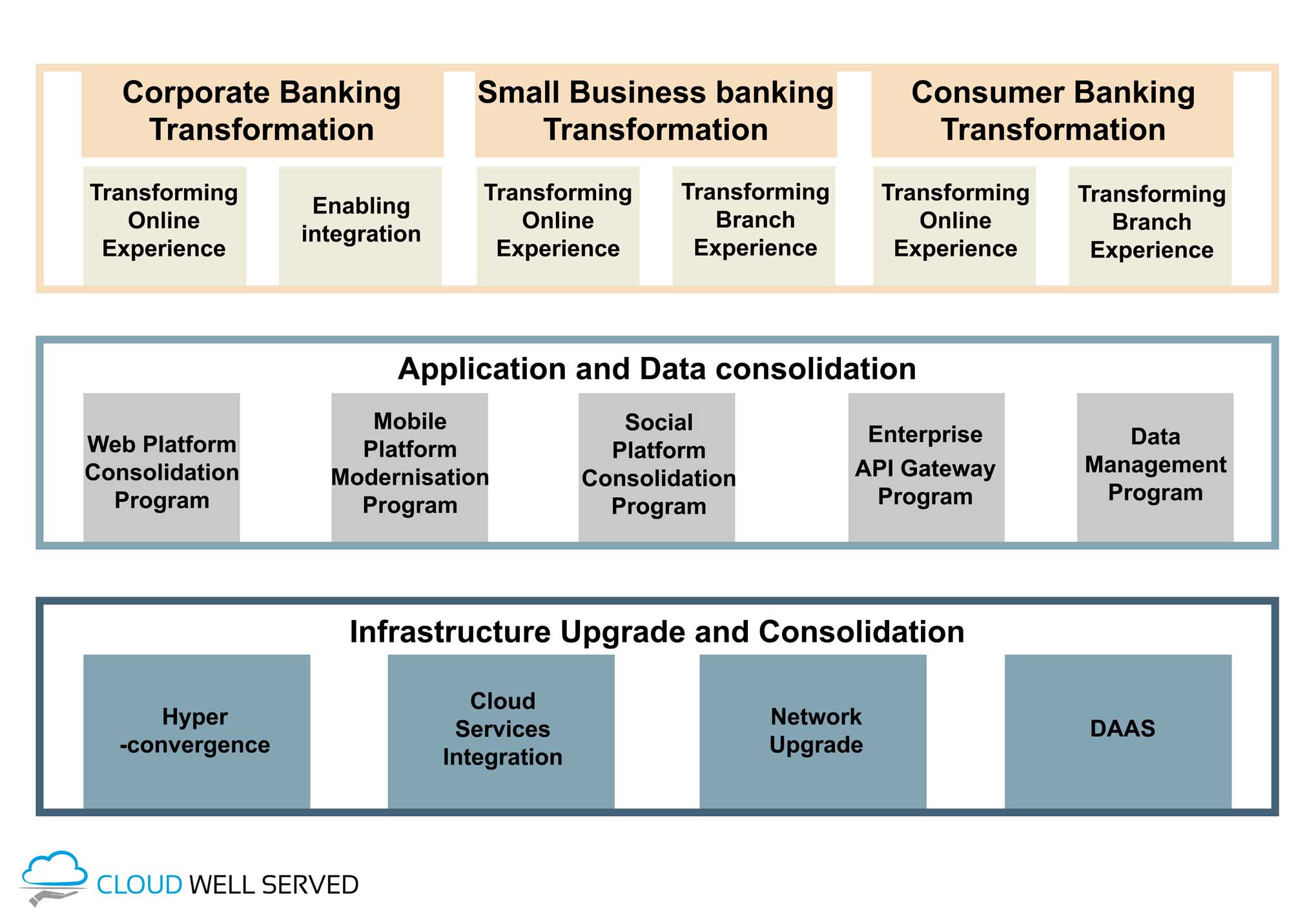This is another post about TOGAF. Check other posts in the series.
Objectives
Phase E is well named – it is about finding opportunities for delivering the Target Architecture by implementing specific solutions. Phase E generates the first complete version of the Architecture Roadmap – by combining the analysis and suggestions from the Architecture Development phases – B, C & D.
Key is to understand what is solution and how it differs from architecture. Simply – architecture is an abstract view of solution.
It applies to Enterprise Continuum:

Source: opengroup.org
Example of Industry Architecture will be ERP-Architecture for Automotive, Industry Solution is then SAP SAP ERP Automotive.
Now when we understand what is meant by solution we can focus on ADM phase E steps and approach.
Approach
Phase E concentrates on how to deliver the architecture.
First we should determine business constraints for implementation and define dependence. Next step is to review and consolidate Gap Analysis results from Phases B to D. This should produce Solution Building Blocks (SBBs) that could potentially address one or more gaps and their associated ABBs. When we have SBBs we identify and group major Work Packages.
Work Package can be whole program, project or even part of project.
Where the scope of change to implement the Target Architecture requires an incremental approach, then one or more Transition Architectures may be necessary. These provide an ability to identify clear targets along the roadmap to realizing the Target Architecture.
The outcome of this phase is Architecture Roadmap – lists individual work packages in a timeline that will realize the Target Architecture.
Techniques
One of the techniques used during this phase is mentioned Work Packages. Here is an example for transformation of a bank:

Inputs
Inputs from previous phases, including most important one:
- Architecture Definition Document build in phases BCD.
- Architecture Repository with Architecture Building Blocks.
- Draft Architecture Requirements Specification, including:
- Architectural requirements.
- Gap analysis results (from Business, Data, Application, and Technology Architecture).
- IT Service Management requirements.
- Candidate Architecture Roadmap components from Phases B, C, and D.
Outputs
The main outputs are as follows:
- Capability Assessments, including:
- Business Capability Assessment.
- IT Capability Assessment.
- Architecture Roadmap, including:
- Work packages.
- Identification of Transition Architectures.
- Implementation recommendations.

Like!! I blog frequently and I really thank you for your content. The article has truly peaked my interest.